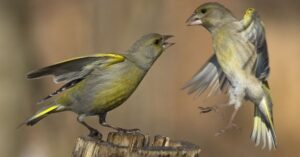Birds, with their captivating colors and melodious songs, enchant us every day as they flit through our skies. But have you ever paused to ponder how long these avian wonders truly live? The question of how long do birds live encompasses a fascinating spectrum of lifespans across species, from the tiny hummingbird to the majestic albatross.
Understanding bird life expectancy is not just an exercise in curiosity; it reveals much about their biology and ecology, shedding light on factors that influence longevity in both wild and domesticated settings.
In this exploration of bird lifespan, we’ll discuss how long small birds live compared to their larger counterparts and examine the various elements that affect longevity in wild birds.
Average Lifespan Of Common Bird Species
Bird lifespan can range dramatically from just a couple of years for small birds such as sparrows and finches to several decades for larger ones like parrots and eagles.
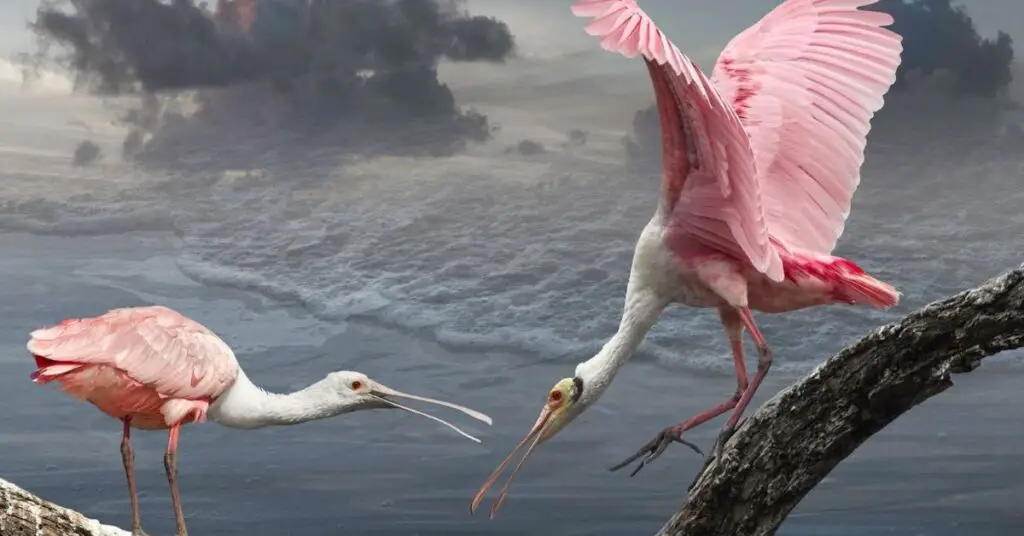
Many small birds have an average lifespan of around 2-5 years in the wild, influenced by factors like predation and environmental challenges. This raises an intriguing question for avian enthusiasts: how long do wild birds live compared to their captive counterparts?
Bird life expectancy also varies based on genetics and habitat stability; for example, pet parrots can easily reach 20-30 years with proper care. Certain migratory patterns and breeding habits play crucial roles in determining how long do birds live overall. Some seabirds exhibit remarkable longevity; albatrosses can potentially soar through life for over 50 years!
# Small Birds
The average lifespan of common small bird species varies significantly, influenced by factors such as habitat, diet, and predation pressures.
House sparrows typically enjoy a life expectancy of around 3 to 5 years in the wild but can thrive much longer in controlled environments. Smaller songbirds like wrens or finches have an average lifespan ranging from 1 to 7 years under natural conditions.
Many small birds face risks from predators and environmental changes that could shorten their lives. Yet some species adapt well and exhibit resilience; for example, certain warblers can reach ages exceeding ten years when protected from hazards.
# Medium Birds
The average lifespan of medium bird species can vary widely, but many live between 5 to 15 years in the wild. Doves and pigeons generally have a bird life expectancy of around 10 years, while species like the American robin may only survive for about 2 to 4 years on average due to various environmental factors.
# Large Birds
Large bird species like eagles or albatrosses often boast impressive life expectancies that can reach 30 years and beyond in the wild.
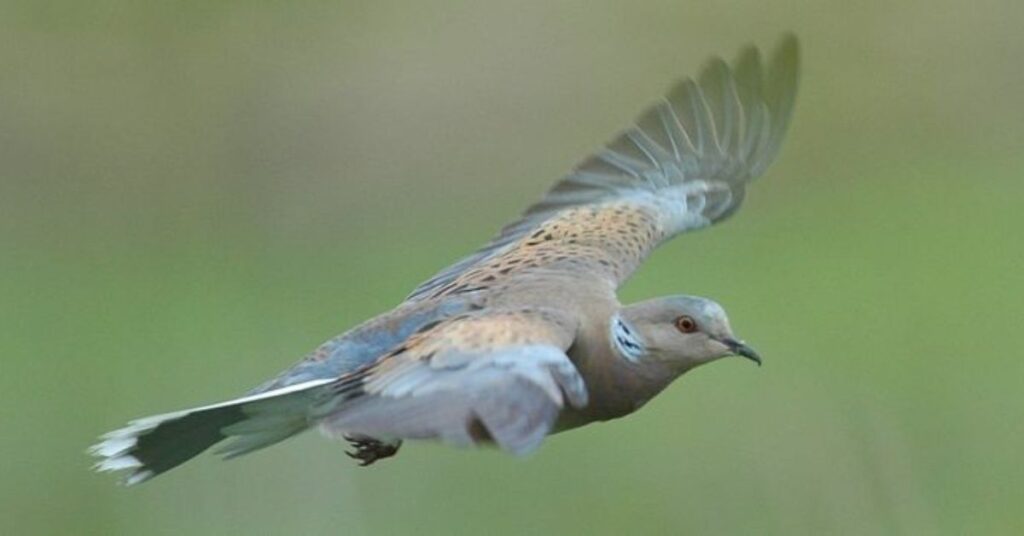
This longevity is influenced by factors such as their diet, habitat, and even their social structures; larger bird species often have fewer natural predators, which contributes significantly to how long wild birds live.
Why Does A Bird’s Life Span Depend On Its Size?
The lifespan of birds is intricately linked to their size, showcasing a fascinating interplay between metabolic rate and longevity. Generally, smaller birds tend to have much shorter lifespans, often living only a few years.
Factors Affecting Bird Lifespan
Species selection greatly influences bird life expectancy, with some small birds living significantly shorter lives than their larger counterparts. Many songbirds may only survive four to five years in the wild, while larger raptors can reach 20 years or more.
Understanding these dynamics also brings attention to habitat quality and environmental stressors that impact wild birds’ longevity; how long wild birds live can be heavily influenced by the availability of food resources and the presence of predators.
Genetics and breeding practices are key elements affecting the overall bird lifespan. Domesticated varieties often show different life expectancies compared to their wild relatives due to selective breeding.
# Species And Genetics
The lifespan of birds is a complex interplay between species-specific genetics and environmental factors. Larger bird species tend to live longer than their smaller counterparts; While some parrots can reach ages exceeding 50 years, small birds like finches may only have a life expectancy of 3 to 5 years in the wild.
# Food And Water Supply
Food and water supply are critical factors influencing bird lifespan. The availability of nutritious food directly impacts how long wild birds live, as a balanced diet is essential for maintaining energy levels, reproductive health, and disease resistance.
Birds that have consistent access to high-quality food sources such as seeds, fruits, and insects tend to thrive longer than those in environments with scarce or poor nutrition.
Water availability plays a pivotal role in determining birds’ lifespans. Access to clean water not only supports hydration but also influences foraging behavior and overall health.
# Diet And Nutrition
Small birds tend to have higher metabolisms compared to larger species; thus, they may require more frequent feedings of nutrient-rich food sources. Insects, seeds, fruits, and specialized diets can directly impact their lifespan by enhancing their immune system and reproductive success.
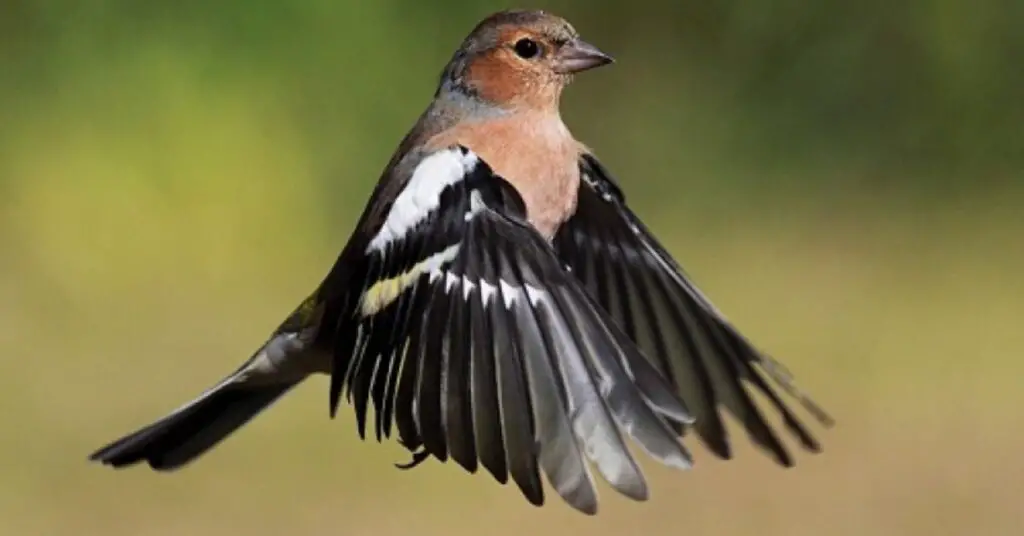
Wild birds face additional nutritional challenges that affect their Bird Life Expectancy. Factors such as habitat degradation can limit access to essential food resources. A varied diet rich in available natural foods helps wild birds maintain optimal health—an important determinant of how long wild birds live.
# Environmental Factors
Habitat quality, availability of food resources, and exposure to predators can all affect a species’ life expectancy. Birds residing in enriched environments with abundant food and fewer threats tend to enjoy longer lives compared to those facing habitat degradation or high predation rates.
# Birdcage
The bird’s lifespan is influenced by a multitude of factors, both intrinsic and extrinsic. In captivity, how long birds live often depends on the care they receive, including diet, social interaction, and mental stimulation. Parrots, for example, can live significantly longer than their wild counterparts due to regular veterinary check-ups and the absence of natural predators.
# Predation And Threats
Predation and various threats play a crucial role in determining how long birds live. While their average bird lifespan can vary significantly by species, small birds typically face a higher risk from predators due to their size. Many songbirds barely make it to their first year due to predatory threats from larger birds and mammals.
Champions Of Longevity
# Who Holds The Record For The Oldest Bird Ever?
When it comes to the champions of longevity in the avian world, one remarkable bird stands out: a wanderer referred to as Wisdom, a Laysan albatross that has astoundingly exceeded expectations by living over 70 years.
Some Amazing Birds Known For Their Long Lives:
Lifespans vary widely across species, some remarkable birds stand out with their impressive age records. The famous American parrot known as the macaw can live up to 60 years or more in captivity, showcasing a bird’s lifespan that far surpasses many small mammals.
Captivity vs. Wild
There Are Many Advantages Of Pet Birds:
When considering the differences in bird life expectancy between captivity and the wild, it’s important to understand how these environments influence their overall health and longevity. Captive birds often enjoy a significantly longer lifespan than their wild counterparts due to consistent food availability, regular veterinary care, and protection from predators.
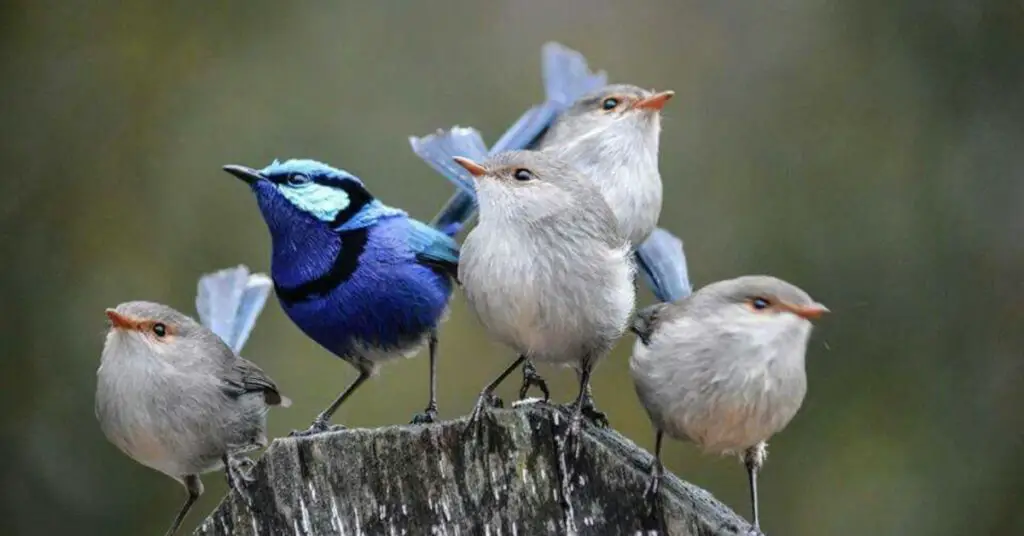
Challenges In The Wild:
In the wild, birds face numerous threats—from predators to harsh weather conditions—that can significantly impact how long wild birds live. Raptors might live up to 30 years in ideal environments but often encounter perils that reduce their lifespan dramatically compared to their captive counterparts.
Relationship Between Bird Lifespan And Human Activities
# Habitat Destruction
Habitat destruction plays a crucial role in determining how long birds live, directly impacting their lifespans and overall survival. As natural environments are altered or destroyed by human activities, such as urbanization and agriculture, many species struggle to adapt.
# Pollution
The relationship between bird lifespan and human activities, particularly pollution, illustrates the stark reality of our environmental impact. Research indicates that, on average, wild birds live anywhere from 2 to 10 years depending on the species; however, increased pollution can drastically alter these averages.
While many small birds have shorter lifespans—often ranging from one to five years—the toxic effects of pollutants such as heavy metals and plastics are leading to premature mortality among even these resilient creatures.
Migratory species may find their natural feeding grounds polluted with plastics or chemicals, directly impacting how long they can thrive in the wild.
# Climate Change
The relationship between bird lifespan and human activities, particularly climate change, is a compelling topic that reveals much about the state of our environment.
Climate change disrupts food sources and breeding cycles, forcing many species to adapt quickly or face potential decline.
# Hunting And Poaching
The complex relationship between bird lifespan and human activities, particularly hunting and poaching, sheds light on the broader implications for avian populations.
# Artificial Nesting
Artificial nesting has emerged as a pivotal intervention in understanding the relationship between human activities and bird lifespan. Many studies reveal nuanced insights into how these artificial habitats can significantly impact bird life expectancy.
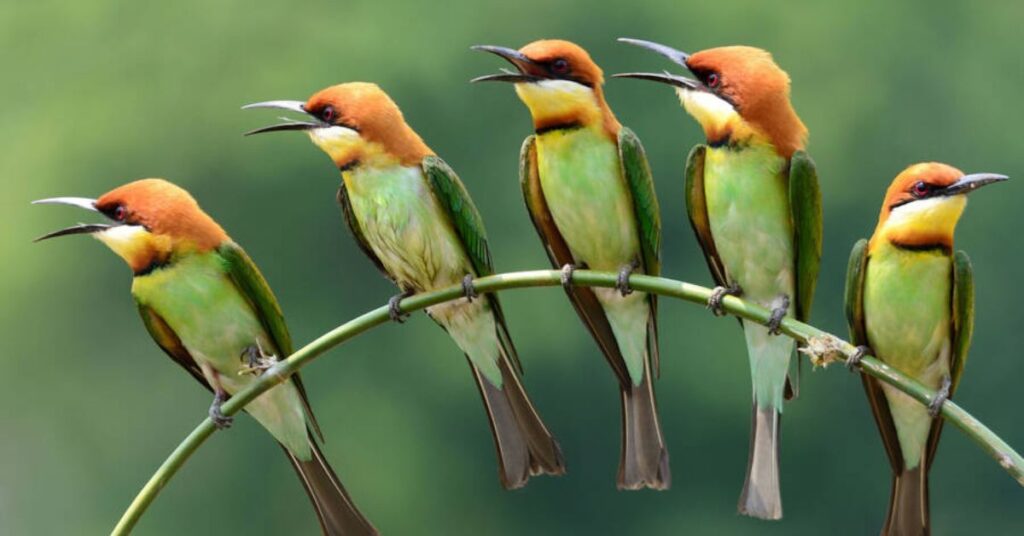
Research indicates that species provided with artificial nests often experience increased longevity compared to their wild counterparts.
Tips For Increasing A Pet Bird’s Lifespan
Proper Nutrition:
Proper nutrition is a cornerstone of enhancing bird lifespan, influencing everything from energy levels to disease resistance. Small birds require specific nutrients that cater to their unique metabolic rates; thus, understanding how long do small birds live often hinges on feeding them a balanced mix of seeds, fruits, vegetables, and specially formulated pelleted diets.
It’s also essential to consider the dietary needs of wild versus domesticated birds when tackling questions about bird life expectancy. Ensuring your pet bird receives adequate vitamins and minerals not only enhances its quality of life but can also lead to substantially increased bird lifespan.
Keep Their Minds Sharp:
To enhance a pet bird’s lifespan, one of the most critical aspects is keeping its mind sharp. Engaging your feathered friend in stimulating activities can significantly impact their overall health and longevity.
Regular Check-Ups:
Regular check-ups are essential for ensuring the longevity and health of your pet bird, significantly influencing their overall bird lifespan. Routine visits to an avian vet help in the early detection of potential health issues that could otherwise shorten your bird’s life.
Importance Of Conservation
Conservation plays a crucial role in sustaining the delicate balance of our ecosystems, particularly concerning bird populations.
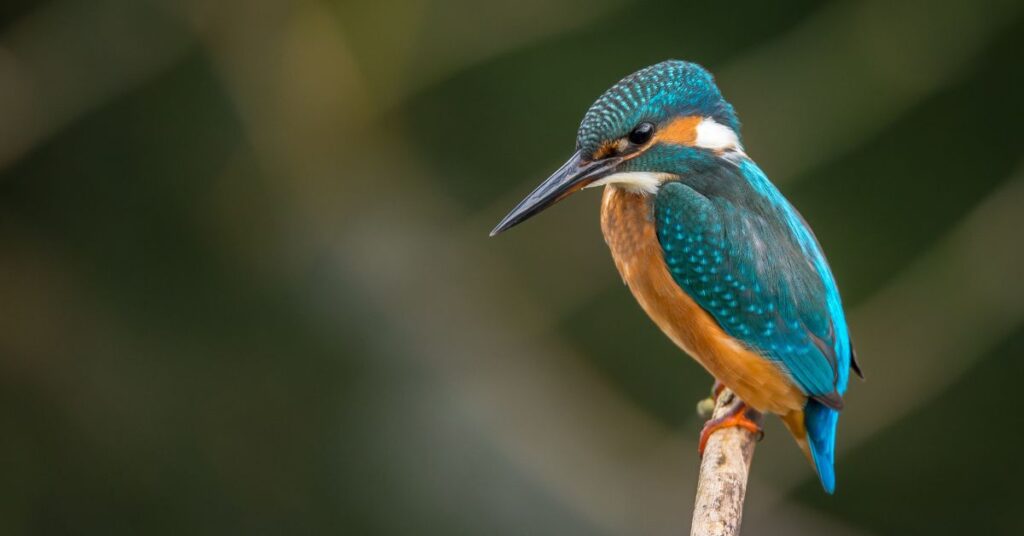
By protecting habitats and ensuring access to resources, conservationists not only help stabilize these populations but also contribute to biodiversity. An increase in awareness about bird lifespan encourages proactive measures to safeguard these vital creatures of our ecosystem, ultimately reinforcing the interconnectedness of all living beings on our planet.
If you enjoyed this post, you might love our other post: “Top 10 Fastest Birds in the World: Speed Records and Amazing Facts.“
Conclusion
Bird life expectancy varies significantly across species, influenced by factors such as size, habitat, and environmental conditions. While some smaller birds may live only a few years, larger species like parrots can enjoy lifespans that exceed several decades.
Understanding these differences not only enhances our appreciation of avian diversity but also underscores the importance of conservation efforts to protect their habitats. By fostering healthy environments and promoting awareness about the needs of various bird species, we can contribute to their long-term survival.
FAQ’s
What Is The Average Lifespan Of A Bird?
The average lifespan of a bird can vary significantly depending on the species. While smaller birds like finches and sparrows may only live for 2 to 5 years in the wild, larger species such as parrots and eagles can live several decades.
Some parrot species are known to reach ages of 50 years or more, while certain raptors can live up to 30 years.
Do Wild Birds Live Longer Than Captive Birds?
Wild birds often have shorter lifespans due to natural predators, disease, food scarcity, and harsh weather conditions. Many species face constant challenges that can lead to early mortality.
Captive birds typically enjoy a more stable environment with consistent access to food, the absence of predators, and regular veterinary care. This controlled setting often leads to longer lifespans for many species in captivity.
What Factors Affect A Bird’s Lifespan?
A bird’s lifespan is influenced by a variety of factors, both intrinsic and extrinsic. One of the primary intrinsic factors is the species itself; larger birds tend to live longer than smaller ones.
Extrinsic factors include environmental conditions, availability of food, predation risks, and habitat loss.
How Do Conservation Efforts Help Birds?
Conservation efforts play a crucial role in protecting bird populations and their habitats. By implementing measures such as habitat restoration, protection of nesting sites, and the establishment of protected areas, conservation initiatives help to ensure that birds have safe environments to thrive.
- Female Eastern Bluebirds - March 25, 2025
- Keep Ants Away From Hummingbird Feeders - March 25, 2025
- A Guide To Oriole Feeders - March 25, 2025








